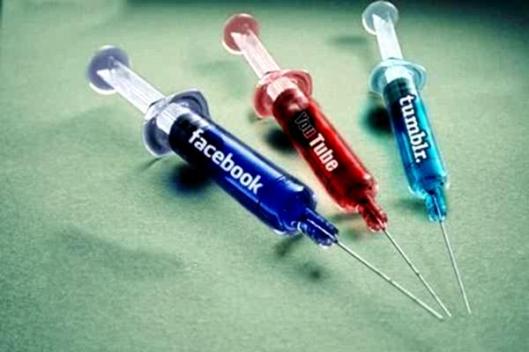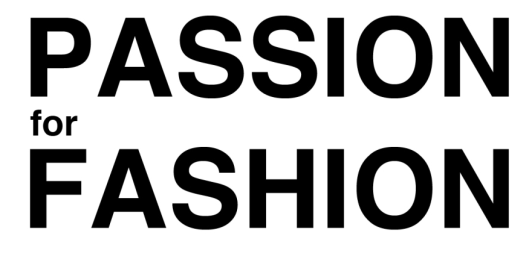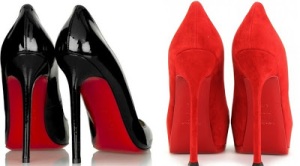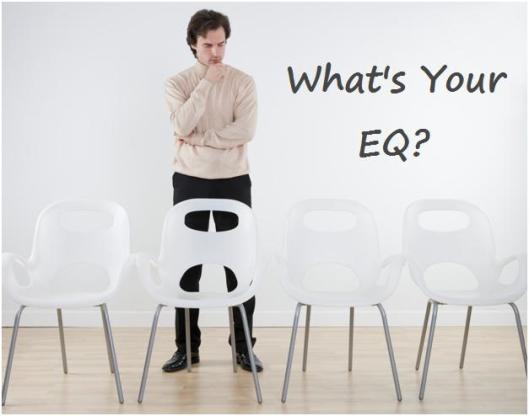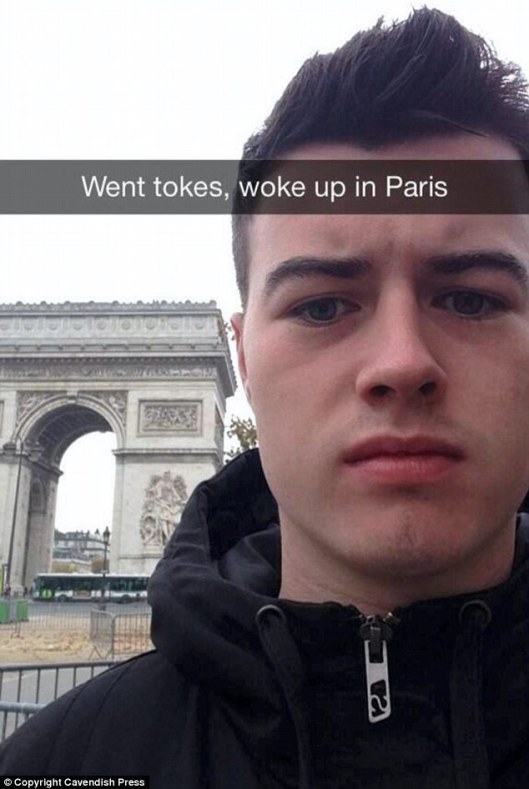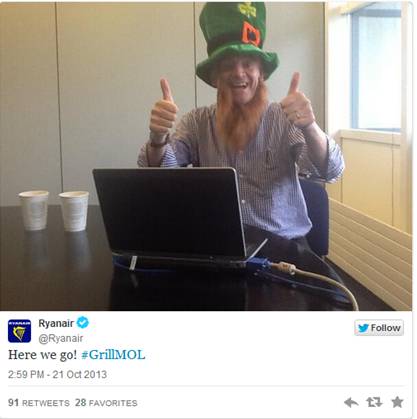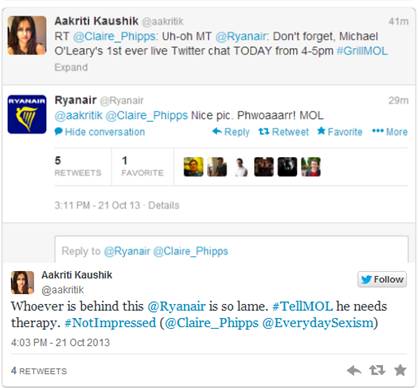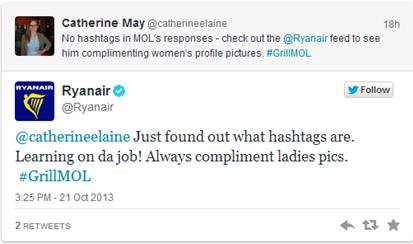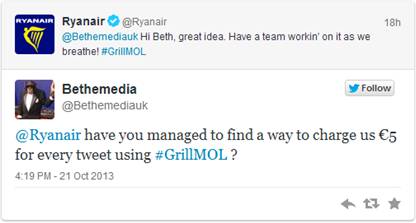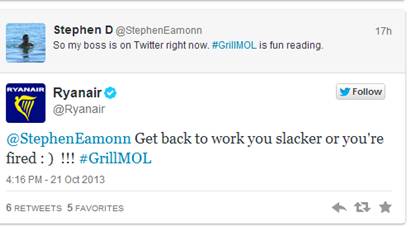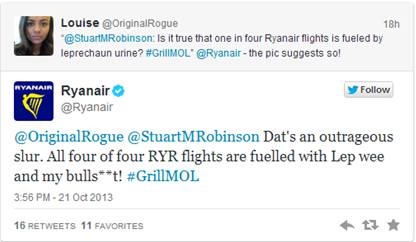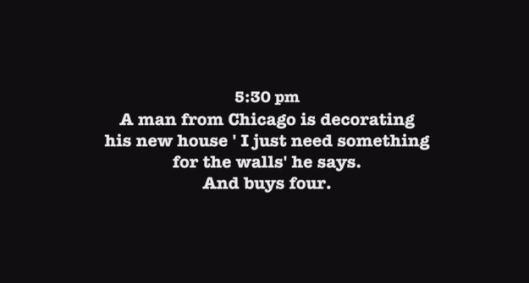This is a great article I seen today on Mashable by Amy-Mae Elliott.
Twitter users often make the decision of whether or not to follow someone in seconds, meaning that you have very little time to impress.
We looked into why people chose not to follow profiles on Twitter, and crowdsourced a variety of reasons that users give for not hitting that “Follow” button.
But first, it’s a good idea to take a look at how most people will see your Twitter profile. If someone finds you in his or her Home stream, or clicks on a “Who to follow” suggestion, the Profile Summary pop-up below shows what your potential audience sees of your Twitter presence.
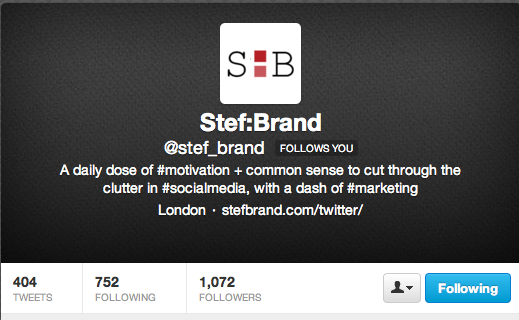
This summary gives an brief overview — the top half of the display shows your avatar, header photo, bio and a tally of tweets, followers and users you follow. Below that, there’s a “followed by” info box that appears if anyone the viewer follows also follows you. Finally, the summary displays your two latest tweets.
While some people may click “Go to full profile” to find out more before making a decision to follow or not, it’s safe to assume that most will make up their minds from your Profile Summary screen.
This means that you need to make the most of the screen real estate available to you, maximize the potential of your images, make sure your bio reads well and ensure that your tweets are attractive to potential followers.
Below, find 10 important things you need to change in order to gain more Twitter followers.
1. You’re a ‘social media guru.’
The only people who call themselves “social media gurus” almost certainly aren’t, so don’t use this awful expression. The same goes for “maven,” “expert” or “ninja.”
You may work in the social media realm, but it’s such a fascinating and ever-changing communications landscape that there is always more to learn.
This came up time and time again in our research as a phrase that puts people off, so find a more creative way to describe yourself and you’ll find more followers.
2. You look like an egg.
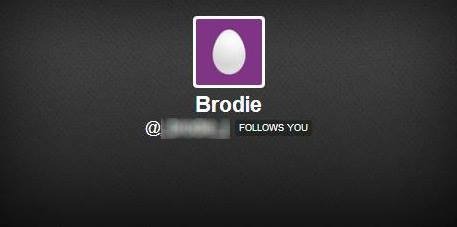
The egg look really isn’t in vogue. You only have a few chances to engage people visually on Twitter, so don’t waste them.
Users are seriously dissuaded to follow an account if they can’t “see” the personality behind it. Don’t leave your avatar as the default egg, an image of a celebrity or someone who isn’t you, or anything too risqué. We’d also advise steering clear of GIFs as profile images, which don’t always display correctly across platforms.
The best Twitter avatar is a genuine pic of you and, considering how small the image is often displayed, preferably a head and shoulders shot. Remember: You can get more creative with your Twitter header photo and background.
3. You’re on #TeamFollowBack.
Begging people to follow you in your bio, and promising that you always follow back, is not an attractive premise.
Twitter isn’t about following blindly without good reason — it’s about curating your own stream of content that’s interesting and ultimately tailored to you. It’s perfectly acceptable not to follow people that choose to follow you.
If you’re making promises to follow everyone for the sole reason that they chose to follow you, you’re diluting your Twitter stream with content that may not be of interest, and ultimately cheapening the value of your own attention span.
4. Your following ratio is disproportionate.

A lopsided ratio of users you follow to users who follow you is often a red flag that an account is spam.
It’s understandable — and expected — that you’ll follow more accounts than are following you, but a large disparity in these numbers makes your profile look suspicious.
Try to gather some followers before you go crazy with the “Follow” button, or people won’t want to join your strangely small list of followers.
5. You wrote your bio in third person.
There is dubious advice out there that writing a bio in the third person, as if it’s been written by someone else, will make it sound more professional and objective.
This is bad advice. A third person bio makes you look pompous. It’s obvious you haven’t asked anyone else to write it — who would you ask, your mom? “Bob is very good at social media and always sets the table for dinner.”
Even if you’re using it for professional reasons, Twitter is a personal, social platform and your bio should reflect that. A simple, modest bio — or even a lighthearted, funny version — will attract more followers than a grandiose one.
6. You tweet too much.

Twitter went live mid-2006. If you joined the microblogging site at launch and tweeted three times a day every day since then, you would have penned around 8,000 tweets.
This helps put the number of tweets shown on your account in perspective. If you have tweeted over that 8,000 benchmark, then you’re obviously an above-average tweeter. If you’ve tweeted significantly over that number, it may give people pause when considering whether to follow you.
7. You humblebrag.
In addition to your bio basics and account stats, most people will read your last two tweets when they are checking out your Twitter profile.
One of the things that came up in our research was hatred of the “humblebrag,” and self-aggrandizement in general.
If one of your two most recent tweets contains even a hint of a humblebrag, that potential follower is going to think twice. If you retweet an entire compliment or flattering @ mention, that’s even worse.
8. Robots craft your tweets.
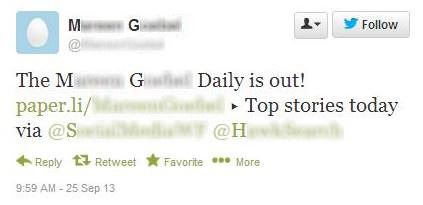
Do you schedule tweets? Or are you signed up to services that auto tweet on your behalf? If your recent tweets look like they were automatically generated, people aren’t going to follow you.
What people want on Twitter is to hear your genuine voice, in real time. They don’t want lofty quotes that you’ve scheduled to go live at strategic periods, stats from your latest workout or what your “top stories” are via a third-party curation service.
Twitter is about engagement, not just broadcasting meaningless words. If you don’t reply to other Twitter users, or otherwise react to tweets and trending topics you see in your stream, you’re doing it wrong.
9. You’re selling something.
If you work in a sales or marketing role, then by all means mention it in your bio. Do not, however, turn your bio into a sales pitch.
It’s bad enough if you use your bio to push a product or service, but if your recent tweets show that you’re all about the hard sell, too, no one is going to be interested in your profile.
Put simply, if you’re using Twitter to sell something in a crude manner, people will not follow you. We all see enough unwelcome advertising on a daily basis without it invading our Twitter streams.
10. You send DM spam.
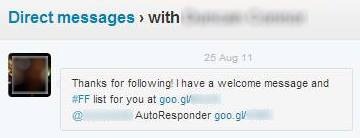
Finally, if someone has made the decision to follow you, and you automatically DM them a self-promotional or sales message, chances are you can kiss that new follower goodbye.
Direct messages that thank the person for following and urge them to check out a link, such as a page on Facebook or a blog for “more amazing content,” are crass and impersonal.
Don’t be tempted by this ultra-lazy form of marketing, or you’ll deservedly lose followers as soon as you manage to gain them.

